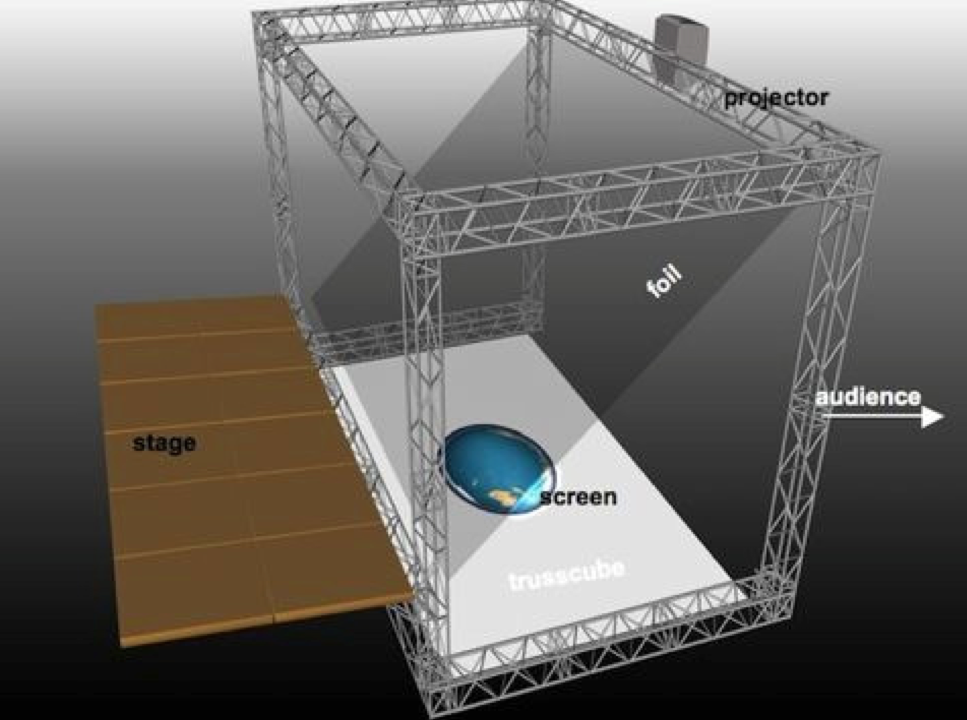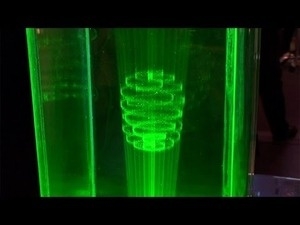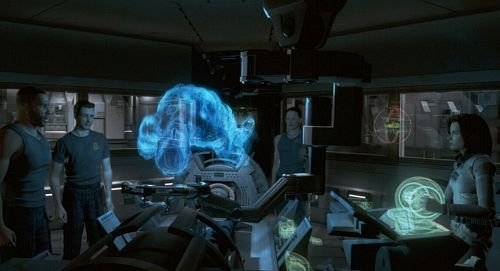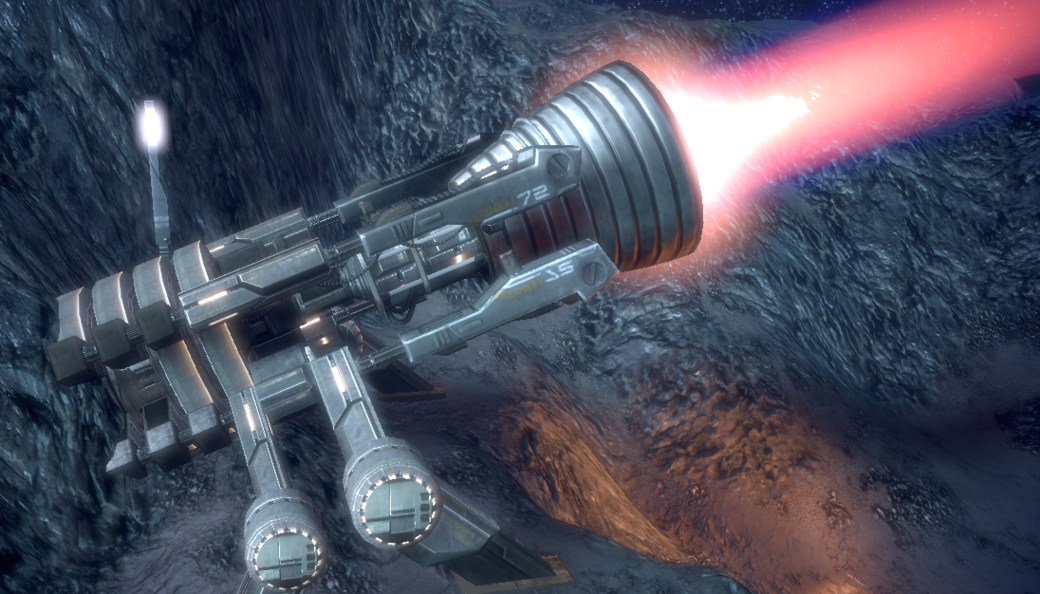
Putting the “Science” in “Science Fiction” – Mastermind
Mastermind is a super-villain and enemy of Marvel’s X-Men who has the ability to create illusions, tricking people into seeing and experiencing things that are not actually there. He accomplishes this by projecting the images he wishes to create into the person’s mind, tricking their brain so that the target sees the image – even though it isn’t there.
By transmitting signals into a person’s brain, it would be possible to hijack the standard process that creates the sensory experiences people feel, thereby creating an illusion that would be totally indistinguishable from reality. A system that works in this manner would likely never be used, as the technology required would be extremely advanced and the potential for abuse would likely be seen as too high. However, for years, people have been trying to find a way to create truly realistic three-dimensional images that would be indistinguishable from the real thing. The technologies involved have progressed from the old red-and-blue 3D glasses that were first used in 1915 to the sophisticated techniques that led to the recent resurgence in 3D films.
Although there is no telepathy involved, 3D films and images still do their work by tricking the brain. By showing a slightly different and properly calibrated image to each eye, 3D media imitates the way the brain normally processes three-dimensional objects and creates the illusion that the two-dimensional screen shows a 3D image. Although this technology has become more advanced in recent years, it still requires a pair of glasses to be effective. Scientists and inventors are currently working to create systems that will be able to project a true 3D object, allowing people to enjoy them without the need for glasses and even be able to view them from all angles. Once this technology is mastered, it could completely replace conventional screens, as well as open the door for a new way of interacting with machines.
The projection of true 3D images, often known as holography, is a difficult field of research… since current display technology

requires a medium in order to project an image. One of the easiest and least expensive avenues of holography still uses a medium like this to create an image. In order to create a 3D image, this method uses a technique from the Victorian Age called “Pepper’s Ghost,” where a light is reflected off an object and onto a slanted area of clear film. This creates a transparent duplicate of the image on the film, and the amount of opacity can be controlled by adjusting lighting. Modern images use a projector to shine the image directly onto the film, creating a much clearer and more easily controlled image. These films can be installed on conference tables or placed on large stages and the displays can range from small to enormous and elaborate. Unfortunately, this type of holography relies on a screen and projector, limiting its applications, and is very expensive.
Scientists and inventors are working on other holography techniques in order to get around the limitation of requiring a screen, as this would greatly increase a projector’s utility and portability. Hewlett-Packard is currently examining a method of doing this that involves the use of a transparent screen with LEDs arranged around the edge. The light from the LEDs shines in towards the center, where it is reflected away from the screen at different angles. Because the light is projected outwards and is aimed in slightly different directions, the brain interprets the input it is receiving as a 3D image. Although the current model is not yet versatile enough to create a truly 3D experience, the system is compact enough that it may be possible to incorporate it into portable electronics like laptops and cell phones.
The main reason that the 3D experience is not yet convincing is because the current model only allows light to escape in 16 directions, while the next generation promises 64 possible directions. Once this technology becomes capable of true 3D projection, it is predicted to first see use in advertising signs and other large-scale applications before moving into smaller and more portable applications.

Another experimental holographic device is the Aerial 3D by Burton. This fascinating device is one of the few that does not rely on any type of optical trickery in order to function, as it creates a truly 3D image. The Aerial 3D accomplishes this by not projecting an image in the traditional sense, but rather by using a laser to create a plasma reaction in the air. These plasma reactions are carefully arranged in points of light that create an image, allowing a fully three-dimensional image to be created. The system is currently limited to creating the equivalent of 10 or 15 frames per second (thus creating choppy images), but work is underway to improve this to reach 24 to 30 frames per second. At this frame rate, the system would be operating at an equivalent speed to basic video, and by adding multiple laser arrays, the colour can be adjusted as well. Although the laser’s high power requirements will likely prevent this system from being used in portable electronics, its power and the fact that it creates true 3D images means it will be very useful in many other applications.
The use of holograms as display tools will revolutionize the creation of electronics and the entertainment industry, but another area of holography may lead to an even bigger change in how people interact with their machines. A system being worked on at the University of Tokyo tracks the user’s hand movements as they interact with a hologram and then uses an array of ultrasound projectors to create pressure on the hand in response to contact with the image. This creates sensations of touch and allows the user to not only see the hologram, but to feel as if they are interacting with it physically. Although this technology is still in its infancy and will likely not be able to mimic feelings of texture, it can certainly be used as a form of haptic feedback.

When a system like this is combined with lasers used to measure distance or a set of gloves with position sensors, it would be possible to create a computer that relies completely on holograms to display information and accept the user’s feedback, as shown in many movies and video games. If this type of technology becomes possible, it would completely change how people interact with electronics, with applications ranging from holographic keyboards to computer modelers sculpting their creations by hand without a need for a mouse or stylus.
Featured Photo: cmro.travis-starnes.com






